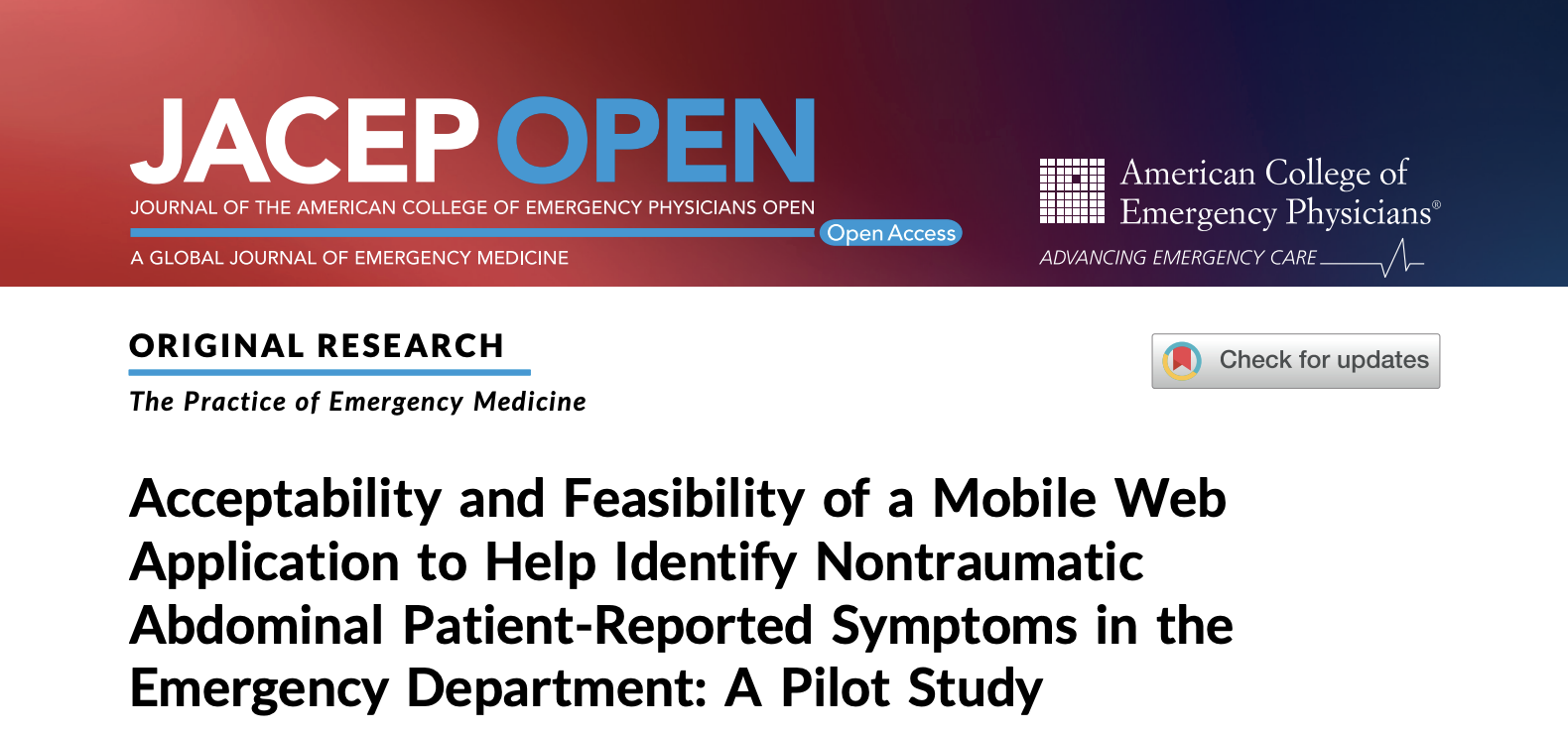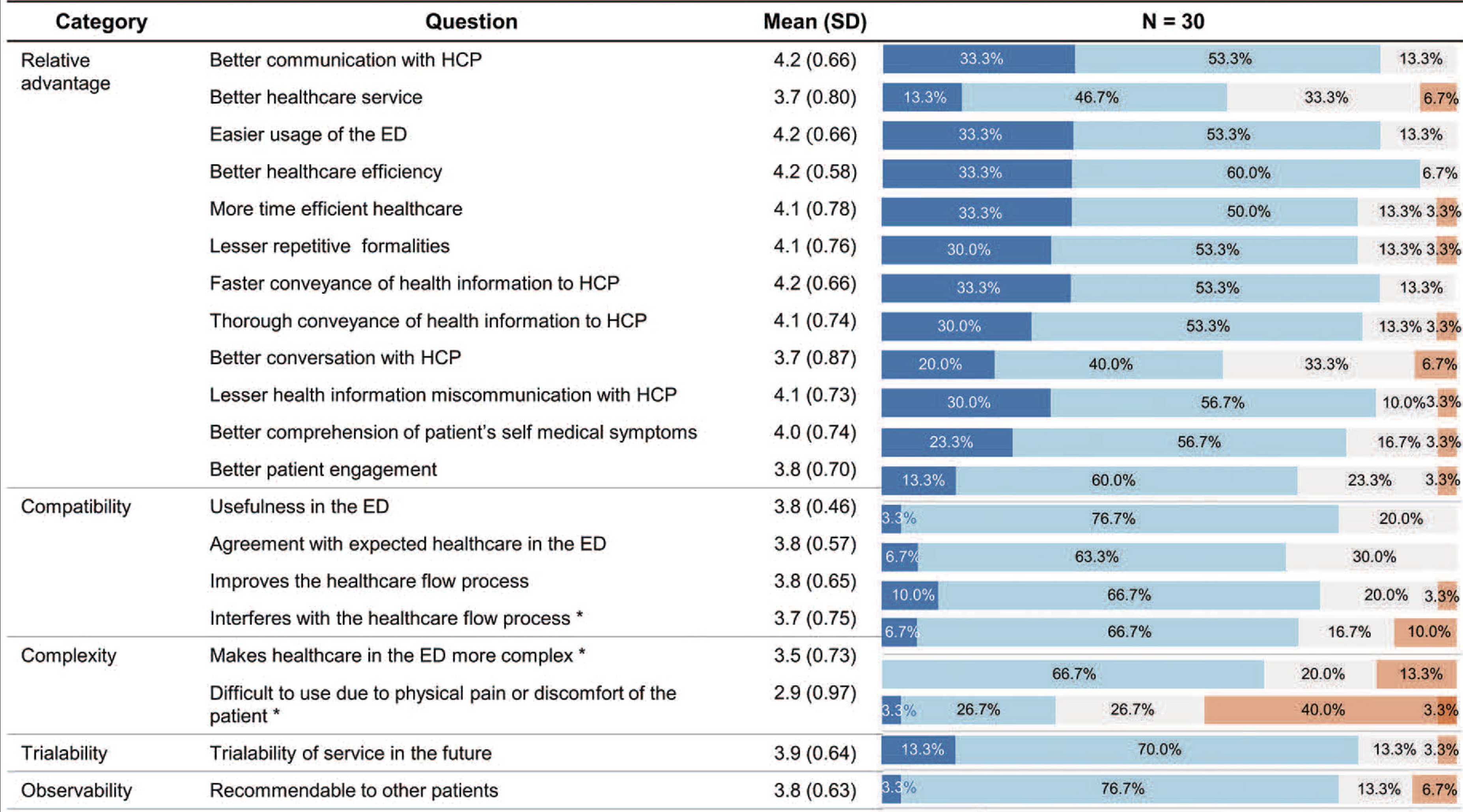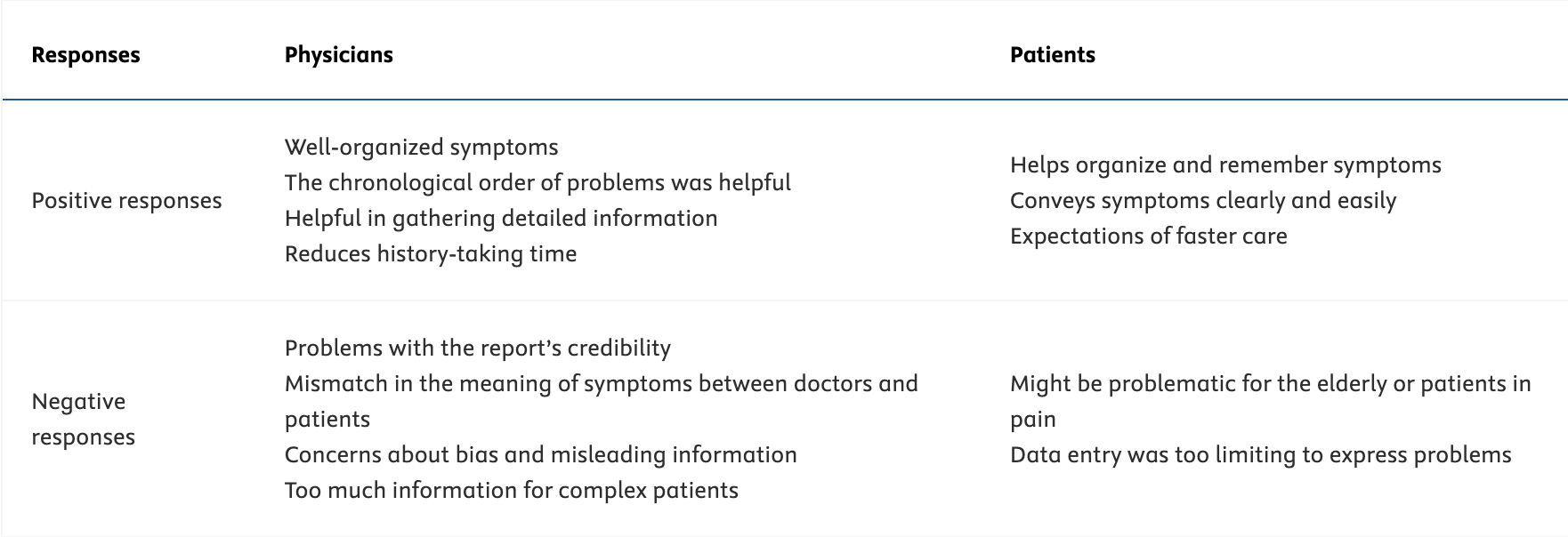From Research to Reality: The Study That Sparked CyrenCare


The Spark: A Hypothesis in the ED
As I mentioned in my founder's story, I repeatedly witnessed the communication gaps and inefficiencies that cause frustration for both patients and providers in the ED. Patients had to repeat their stories multiple times, while clinicians scrambled to piece together a coherent narrative. Our hypothesis was that by giving patients a tool to document their symptoms and concerns in their own words while they wait, we could create a better care experience. We developed a simple prototype and studied it in the ED waiting room at Samsung Medical Center.
What Patients Told Us:
We asked patients to rate their experience with our digital intake tool compared to the traditional process. A total of 93% found using CyrenCare improved the efficiency of their experience & 87% experienced better communication compared to the status quo.

The common feedback that truly became the catalyst for founding CyrenCare was that patients reported feeling "reassured" because the tool gave them a chance to "organize their symptoms in advance." In the chaotic and often frightening environment of an emergency department, giving patients a moment of agency, a way to collect their thoughts and feel heard before the encounter began was empowering.
It made me reflect on how the current process bombards patients with questions they must answer on the spot. This pressure leads to patients forgetting critical details that can impact their entire course of care. I realized we weren't just building an efficiency tool; we were designing a system to build patient confidence during a vulnerable time.

What the Study Confirmed for Us
Beyond the positive feedback, the research process was crucial in defining the precise role CyrenCare should play in the clinical workflow. It confirmed our core principles for what our platform is designed to do.
We are:
- Facilitating an efficient, thorough, and standardized medical history-taking process.
- Preconditioning and engaging patients during their wait, turning idle time into productive preparation
Equally important, the study helped clarify what CyrenCare is not. The lowest-scoring item on our survey was a concern that the tool would be difficult to use for patients experiencing severe pain. This was an invaluable lesson that confirmed:
We are not:
- An alternative to medical history taking. We are a tool to augment and prepare for the patient-provider conversation, not replace it.
- Mandatory. The system must be a flexible aid, not a rigid requirement, especially for those who are in too much pain, are too severe, or have limited digital literacy.
This insight is fundamental to our design philosophy today: to create tools that adapt to the realities of emergency medicine.
From a Prototype to a Platform
While the results were far from perfect and the methods were investigatory, this initial research was an instrumental learning experience. The usability challenges allowed us to make significant UX/UI improvements as we transformed that raw prototype into the intuitive, patient-centric platform that is CyrenCare today.
This publication reinforces our commitment to building solutions grounded in evidence and genuine patient feedback. Our journey started with listening, and we promise to continue listening to patients and providers as we grow. Thank you for being a part of our story.
Heo, Sejin et al. Acceptability and Feasibility of a Mobile Web Application to Help Identify Nontraumatic Abdominal Patient-Reported Symptoms in the Emergency Department: A Pilot Study JACEP Open, Volume 6, Issue 3, 100143




.png?width=352&name=Day%20left%20(Website).png)